- Home
- Science
- Biology
- People using Google's viral app that compares your face to art are complaining that it has an ugly fLaw & Order
- People using Google's viral app that compares your face to art are complaining that it has an ugly flaw
People using Google's viral app that compares your face to art are complaining that it has an ugly flaw
Some users, like Ryan Seacrest, got a host of decent match options.

But lots of users quickly expressed frustration that the app doesn't have as many options for people of color.
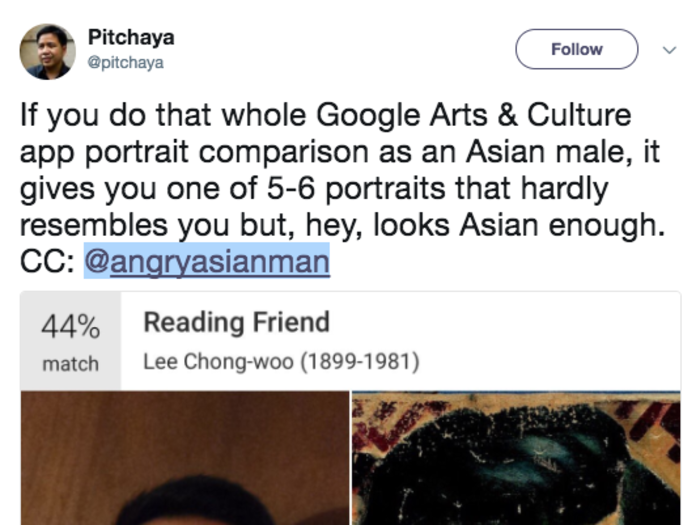
Some said the app highlights an ugly blind spot in art history.
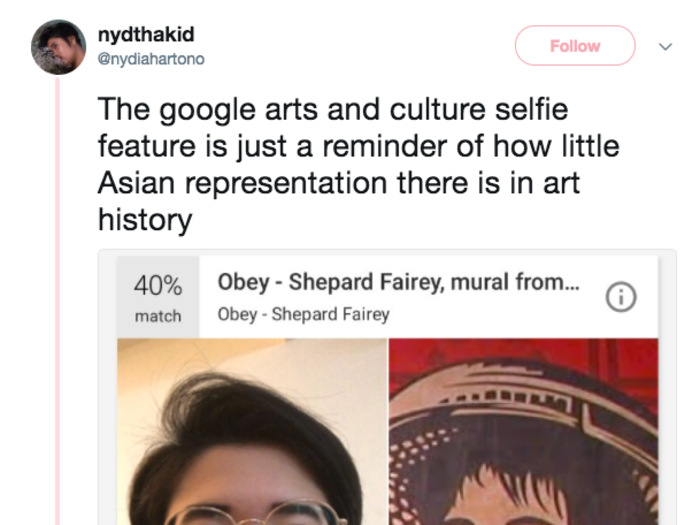
The app draws from a giant collection of artwork around the world for its catalog of faces. But most of the paintings Google is using are clustered in museums in the US and Western Europe.
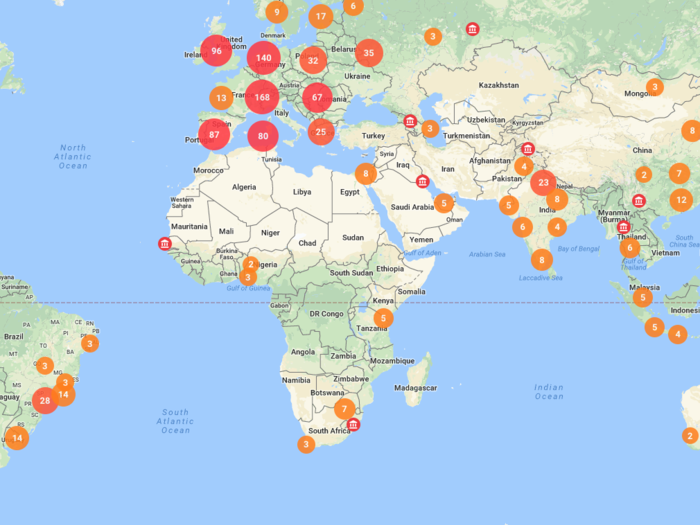
A Google spokesperson told Business Insider that its small, Paris-based Arts & Culture team was taken by surprise by the app's recent viral success, since the selfie-matching feature has been available since mid-December.
After more than 30 million users uploaded their selfies to the app, Arts & Culture product manager Michelle Luo acknowledged in a blog post on Wednesday that there's "great demand to improve" the tool. She said Google is planning to add more museums' archives into the app to "bring diverse cultures from every part of the world online."
The company still hasn't fixed a different facial recognition issue that popped up in Google Photo in 2015, when developers discovered the AI was categorizing pictures of black people as gorillas.
Art experts agree this isn't just a Google problem. It's far from the first time that art history has left people out.
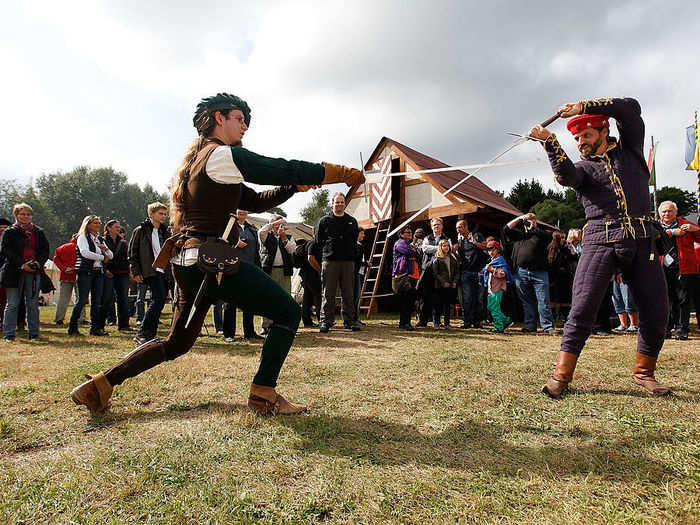
A 2014 study criticized the ignored murals of El Salvador, while the popular Tumblr "People of Color in European Art History" catalogs thousands of years of European artwork featuring black and brown faces. "Because you wouldn't want to be historically inaccurate," the website says.
Malisha Dewalt, who runs the site, told NPR in 2013 that most people don’t think of pre-enlightenment Europe as a multicultural place. But of course, it was.
Medievalist and Middle Ages art expert Paul Sturtevant, who works at the Smithsonian, says that for years, white supremacists and neo-Nazis have embraced a false idea that people in medieval times were mostly white.
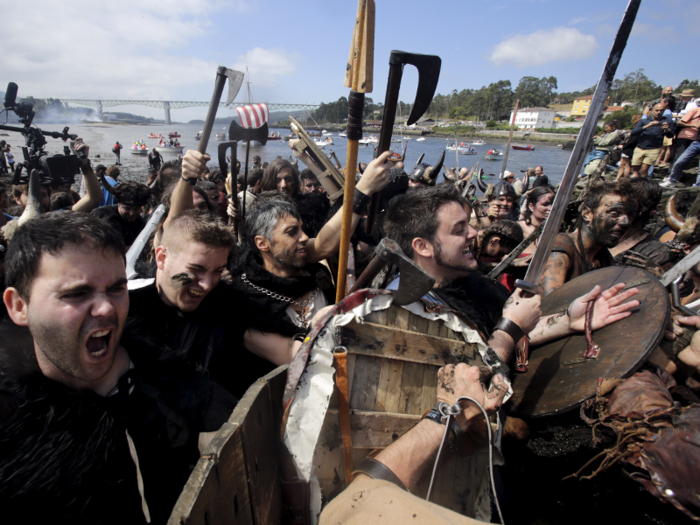
Sturtevant writes on his website, The Public Medievalist, that many people throughout history have "promoted a twisted idea of the Middle Ages that props up their white-supremacist fantasies."
Popular movies like "Lord of the Rings," decades of Disney films, pop culture references, TV shows like "Game of Thrones," and most high-school history classes perpetuate these ideas, Sturtevant's studies suggest.
But in reality, the Europe of the Middle Ages was diverse.
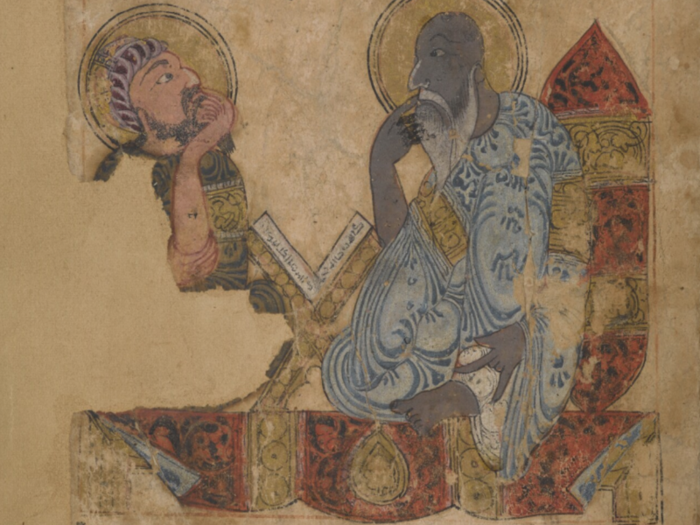
Black Nubian kings traveled into Western Europe from Africa, and there's evidence that Ethiopians started arriving in Spain and France earlier than the 1400s, and set up a church in Rome.
"Especially as the period goes on, you certainly find more and more people from sub-Saharan Africa living in medieval Europe," Sturtevant said. But he added that "there's been a bad tendency, especially through the 19th and 20th century, of privileging white faces."
"I do wonder the degree to which it's a problem with Google, and the degree to which it's a problem with art history in general," Sturtevant told Business Insider.
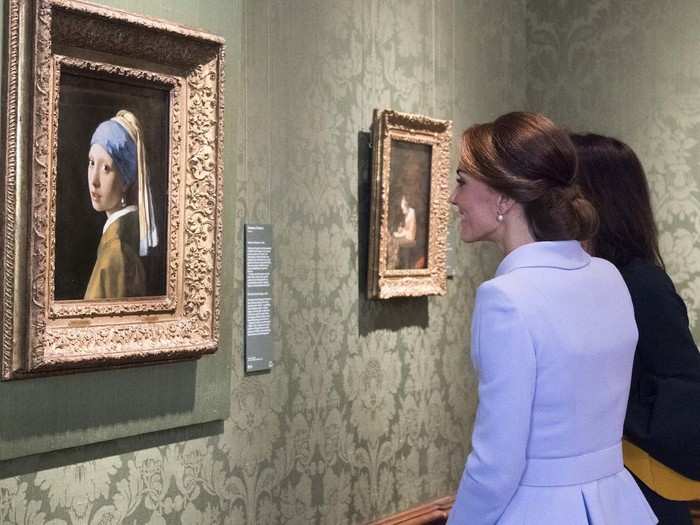
That problem manifests both in what gets painted and what gets put up in museums around the world, he said.
Often, it depends on how people define where the Middle Ages were happening geographically. When the Muslim world is included, "there's a whole bunch of medieval art that is featuring people of color," Sturtevant said.
Other forays Google has made into the art world have garnered more universally positive reactions. The Google Cultural Institute initiative, which has been around since 2011, has been trumpeted by some for its efforts to make more diverse art available in a single catalog.

In September, the website Remezcla said that Google's Latin art collection was one of the largest databases of its kind, with more than 2,500 pieces of art catalogued from 90 exhibits at around 50 institutions.
Plus, match results can get weird for just about anybody on the app, regardless of skin color.
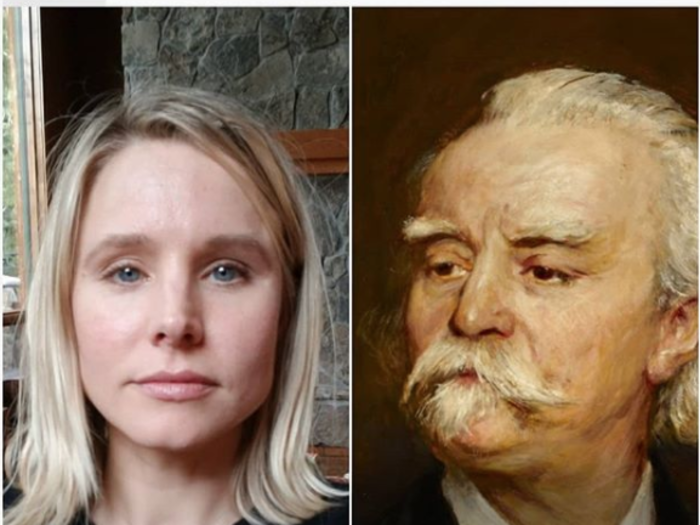
The app has also helped some users find new artwork.
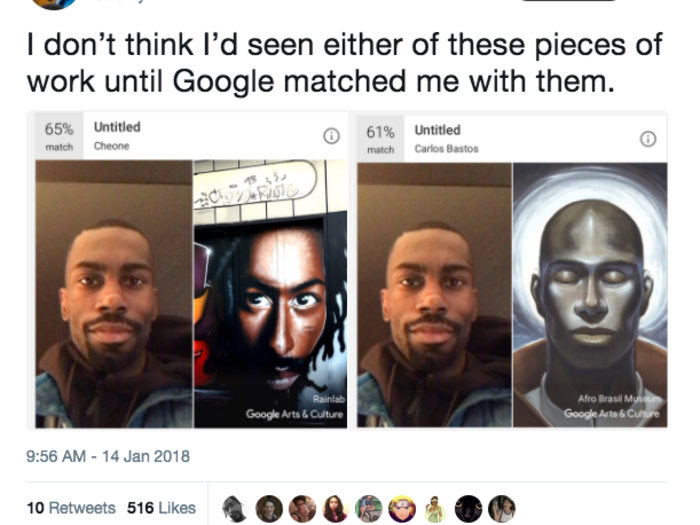
Whether you like your Google art selfie or not, Sturtevant cautions that it's important to remember that "there's a difference between search algorithm truth and actual truth."
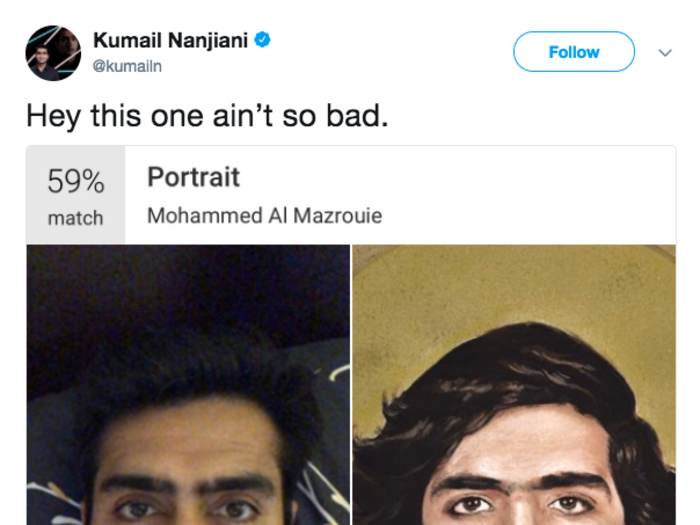
Popular Right Now
Popular Keywords
Advertisement